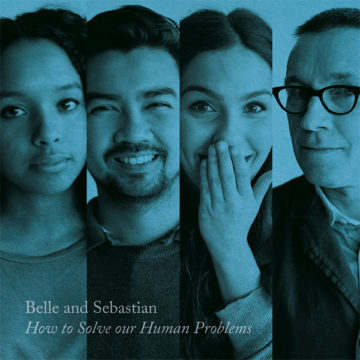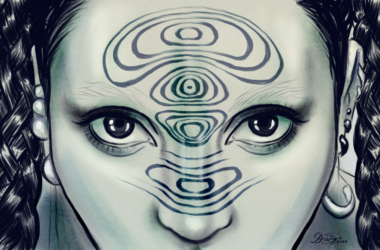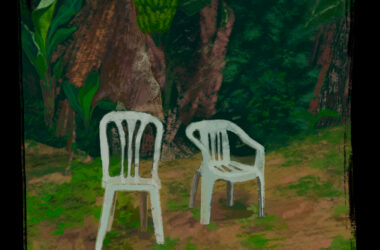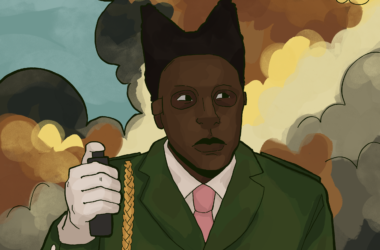Scottish indie darlings Belle and Sebastian have returned with a musical gift for the new year: Since December, the Glasgow six-piece band has released an EP every month, culminating with the final release of How To Solve Our Human Problems (Part 3) on Feb. 16.
While the EP shares its name with the 1970 book on Buddhism by Tibetan Monk Kelsang Gyatso, it doesn’t try to lead its listeners toward enlightenment. Rather, it serves as a collection of vignettes that addresses the multitudes of adulthood: love, morality – all the classics. The EP is an ongoing dialogue between listeners and the many narrators, all centralized around classic themes of what it means to be human—our anxieties, our fears, who and what we love. Amplified through Belle and Sebastian’s eclectic sound that melds folk with chamber pop, How to Solve Our Human Problems tackles universal experiences through the voices of specific narrators.
The EP’s greatest strength, and one that frontman Stuart Murdoch and his motley crew have refined over two decades, is the vivid narrative that each self-contained song creates. From the love-struck flatmate in “Best Friend,” to the remorseful ex-lover in “Too Many Tears,” Murdoch has an undeniable ability to create endlessly sympathetic, albeit nameless, narrators, borrowing from unconventional genres. In the brash opening lines of “Best Friends” he sings, “Here we are just trying to be flatmates / Here we are just trying to sophisticate/ Be an adult, trying not to fall in love.” The beginning’s snappy delivery bears a definite resemblance to the typical musical theatre ballad. Of course, this similarity is unsurprising, considering Murdoch’s past foray into the movie musical format with 2014’s God Help the Girl.
Over the past two decades, Belle and Sebastian have become staples of the alternative folk circuit. However, this EP proves that they haven’t faded from the limelight.









